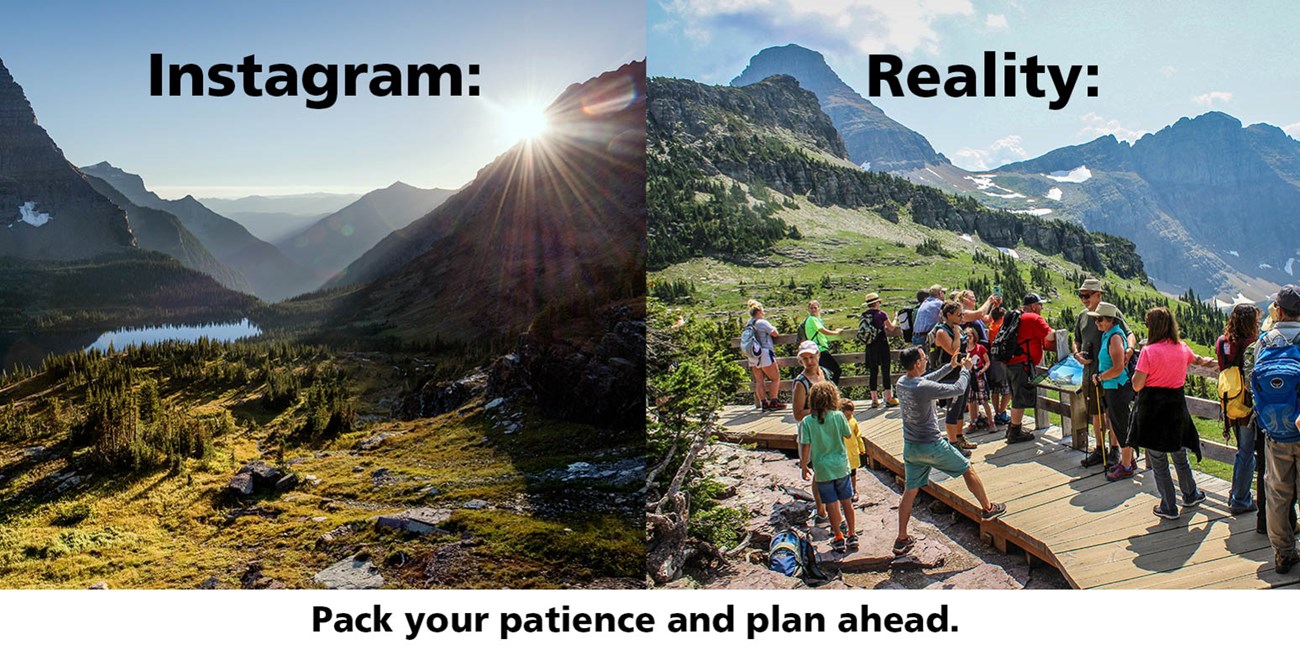
Glacier has become an extremely busy park. Expect crowds on roads, at visitor centers, on popular trails, and on shuttles. Where and When to Expect Crowds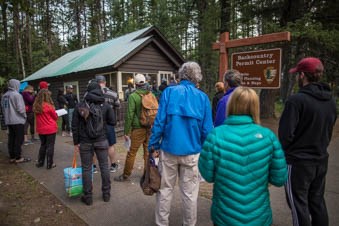
1. In the SummertimeMay through September is the busiest part of the year, with about three million people visiting during each summer season. The parking areas at popular destinations, like Logan Pass and Avalanche Creek, begin filling before sunrise and remain congested for most of the day. Other areas often become crowded throughout the middle part of the day. Be prepared to spend time looking for an available parking spot.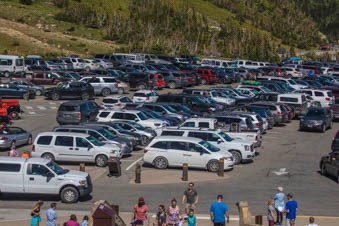
2. On the RoadsYou’re likely to encounter congestion and long wait times around parking lots, visitor centers, and entrance stations. During extreme congestion, access to whole areas of the park may be temporarily restricted for traffic to clear and to allow access for emergency vehicles. In the summer of 2018, access to Many Glacier was restricted 26 times, access to Kintla Lake was restricted 52 times, and access to Bowman Lake was restricted 68 times.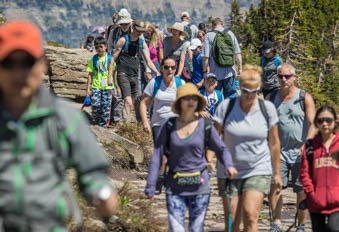
3. On the TrailsThe top ten most popular hikes in the park, such as Grinnell Glacier, the Highline Trail, and Avalanche Lake, all average hundreds of hikers per day. In 2017, the Hidden Lake Trail averaged 1,604 hikers per day. However, with over 700 miles of trails, many visitors find that by taking a less popular trail they can get away from the crowds and still experience beautiful views.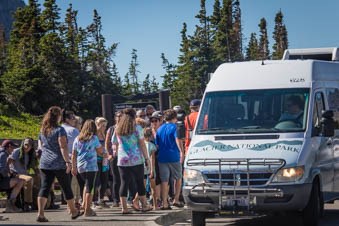
4. On ShuttlesDepending on where and when you attempt to board one of Glacier's shuttle buses, you may have to wait an hour or more for an available seat. They run every 15 to 30 minutes (approximately), but by the time the shuttle arrives, it may already be full. For example, on a bus stopping at The Loop, there may be only room to board one or two additional passengers. Check at the St. Mary and Apgar Visitor Centers for more information on park shuttles.Three Tips for Dealing with Glacier's Crowds1. Adjust Your ExpectationsDon't expect your trip to be all solitude. Be considerate, respect other visitors, and strive to protect the quality of everyone’s experience. Yield to other hikers on the trail and avoid loud voices and music when near other people. Check the Recreation Access Display for current conditions and road statuses in Glacier.2. Have a Backup Plan, or TwoBe flexible with your plans, as parking may not be available at the trailhead of your choice. Vehicle congestion can close whole areas of the park daily during the summer. Wildlife activity, weather, car accidents, and wildfires also close areas of the park every year. Being flexible will allow you to get the most out of your visit. If parking lots are full, don't add to the congestion, but just move on to your backup plan and try again later.3. Consider one of Glacier's NeighborsThinking of your visit as a trip to the Crown of the Continent Ecosystem, rather than just to a national park, will present many more options. From east into Glacier County, west into the Flathead Valley, and even north into Canada, the park is surrounded by spectacular scenery and exceptional outdoor recreation opportunities. See our list of nearby attractions for more information. |
Last updated: October 31, 2021

